Filter products
Menopause
Vital and balanced through the menopause A new phase of life often brings changes - for the body too. During the menopause, many women are suddenly faced with new challenges. Some women report that self-care and a balanced diet help them to maintain the desired balance during this significant period of change. So be extra considerate of yourself and take the time to make yourself a priority. Your needs and wellbeing are important!

- Highly concentrated & plant-based – 250 mg pure beta-sitosterol per capsule, from high-quality pine extract
- Natural & vegan – 100% plant-based phytosterols
- The power of plants for your daily intake
Content: 0.0277 Kilogramm (€898.92 / 1 Kilogramm)
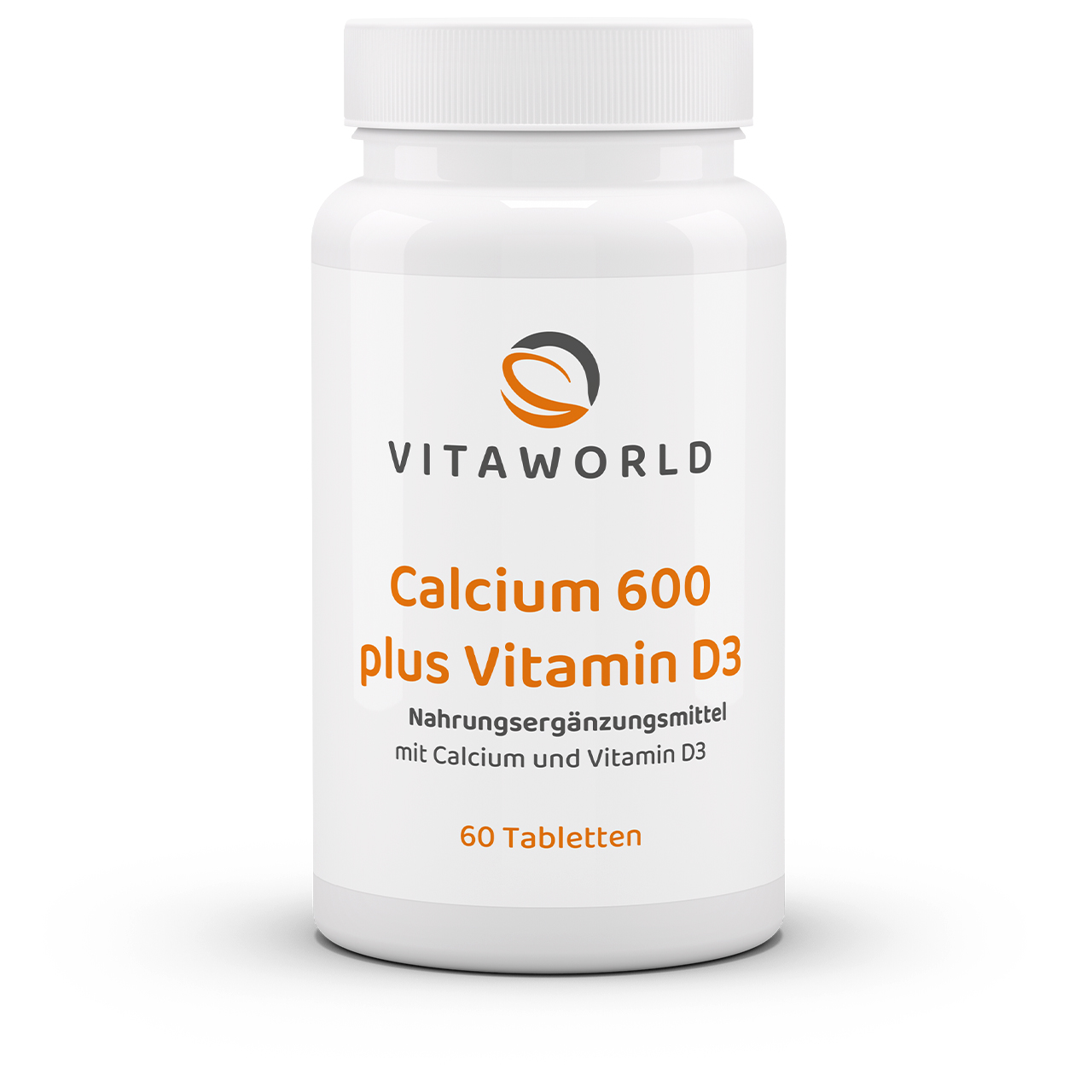
- Strong foundation – calcium for normal bones and teeth
- Better absorption thanks to vitamin D3 – supports calcium absorption in the body
- More than just bone protection – also important for nerves, muscles and blood clotting
Content: 0.1068 Kilogramm (€111.42 / 1 Kilogramm)
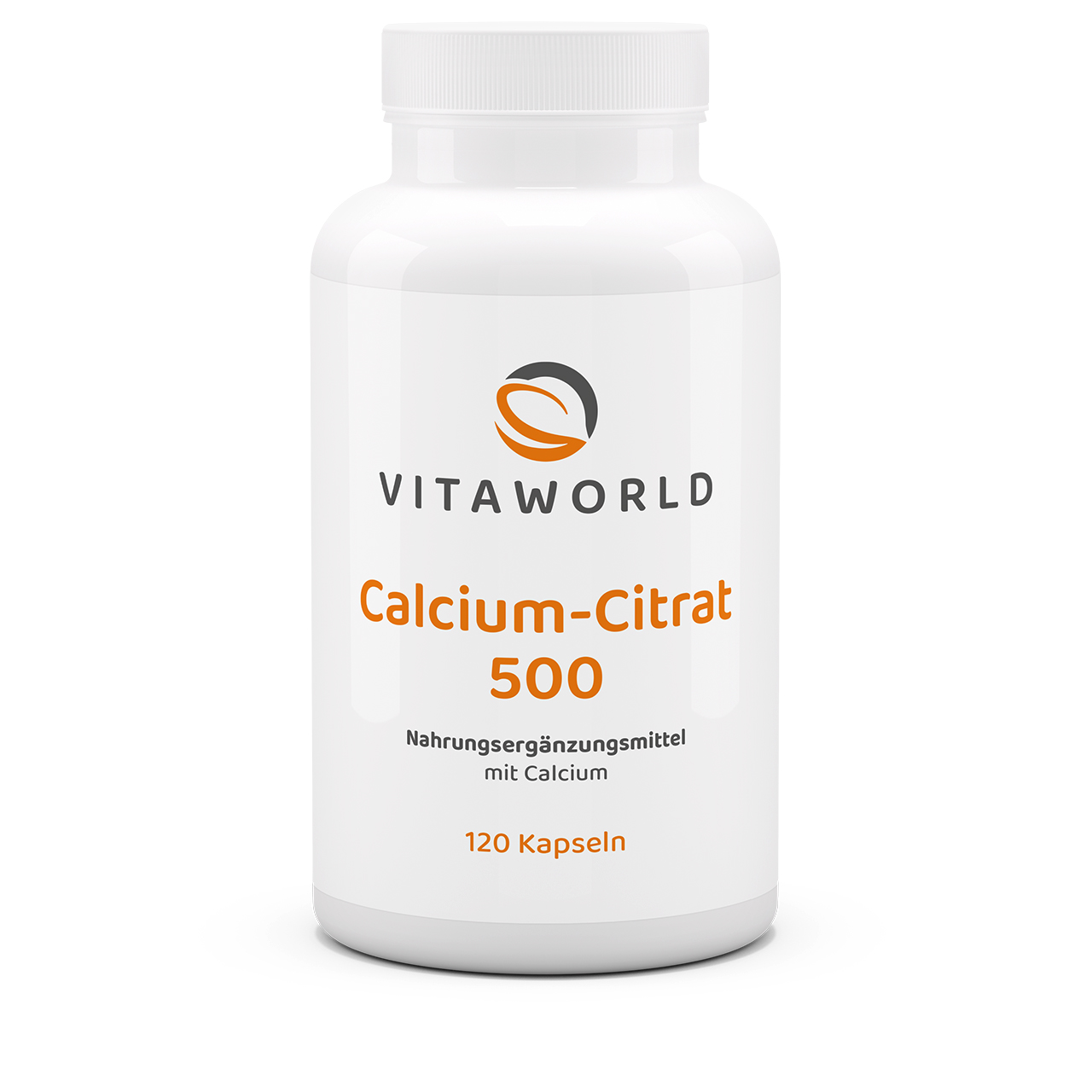
- For strong bones and teeth – essential calcium for your daily nutritional needs
- Well supplied – 533 mg calcium from easily absorbable tricalcium citrate
- More than just bone protection – calcium also supports muscle function, energy metabolism and nerves
Content: 0.104 Kilogramm (€143.27 / 1 Kilogramm)

- Plant-based: 14 mg iron from natural curry leaf extract per capsule
- Clever combination: With 40 mg vitamin C from acerola for optimal iron absorption
- Gentle & effective: Well tolerated – also ideal for vegetarians and vegans
Content: 0.067 Kilogramm (€341.79 / 1 Kilogramm)
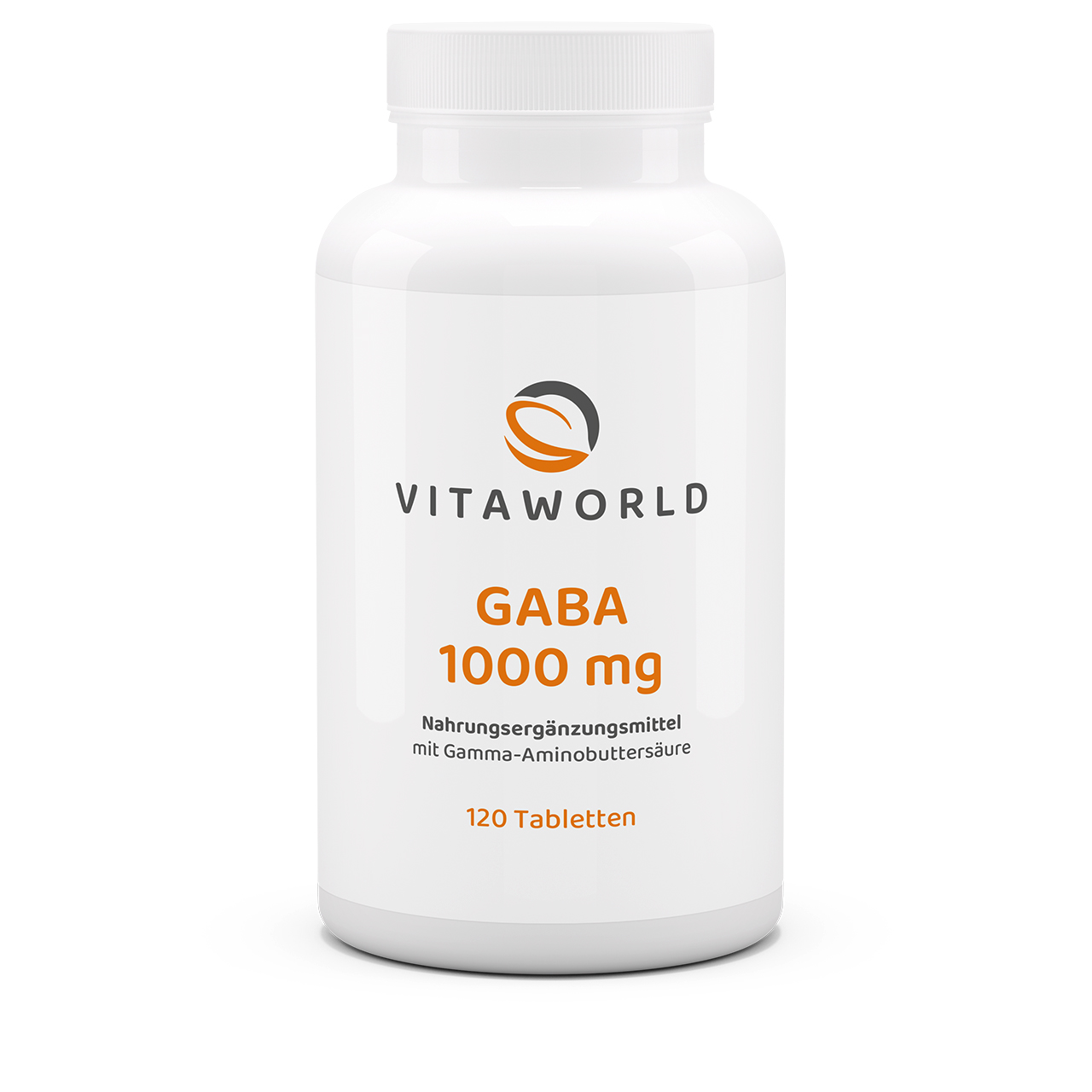
- For relaxed moments in everyday life – high dose of 1000 mg GABA per tablet
- Naturally occurring messenger substance – GABA is an inhibitory neurotransmitter involved in natural balancing processes
- naturally produced in the body – formed from glutamic acid and a proven component of daily balance
Content: 0.146 Kilogramm (€150.00 / 1 Kilogramm)
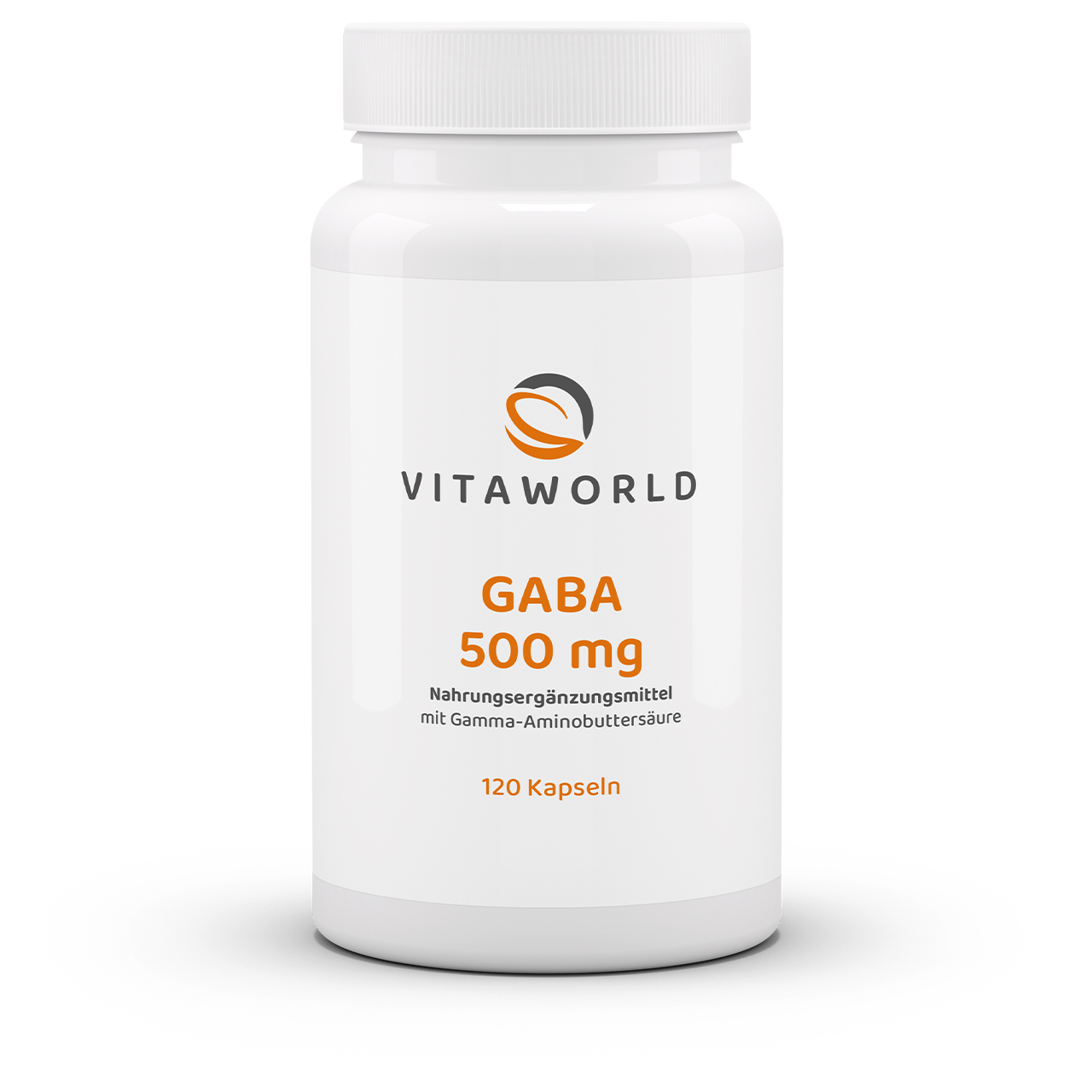
- For relaxed moments in everyday life – high dose of 500 mg GABA per capsule
- Naturally occurring messenger substance – GABA is an inhibitory neurotransmitter involved in natural balancing processes
- Naturally produced in the body – formed from glutamic acid and a proven component of daily balance
Content: 0.0732 Kilogramm (€217.21 / 1 Kilogramm)
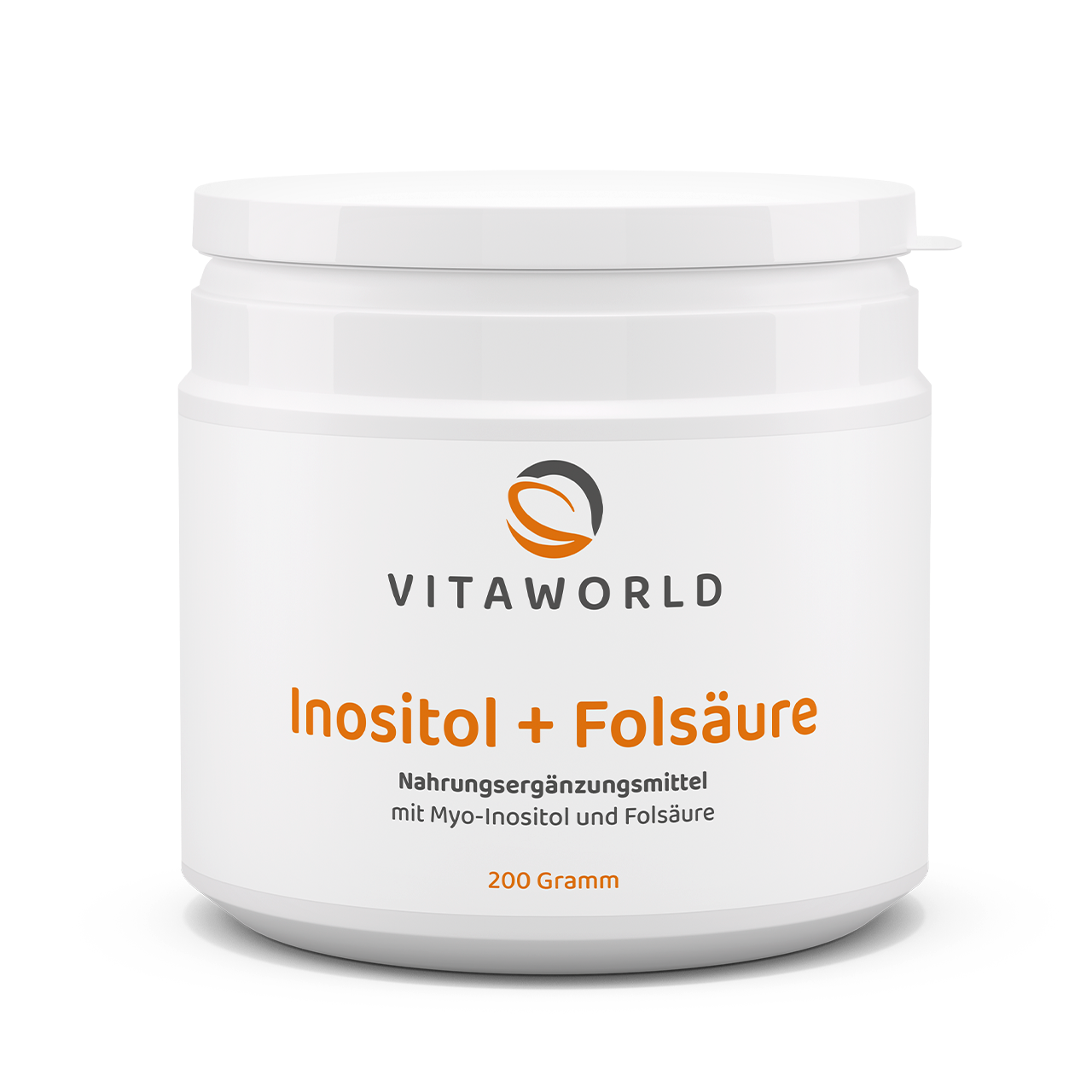
- 4.8 g myo-inositol + 800 µg folic acid per daily dose – perfectly combined
- Folic acid contributes to normal psychological function and cell division
- Pleasantly sweet taste – versatile and easily soluble
Content: 0.2 Kilogramm (€124.50 / 1 Kilogramm)
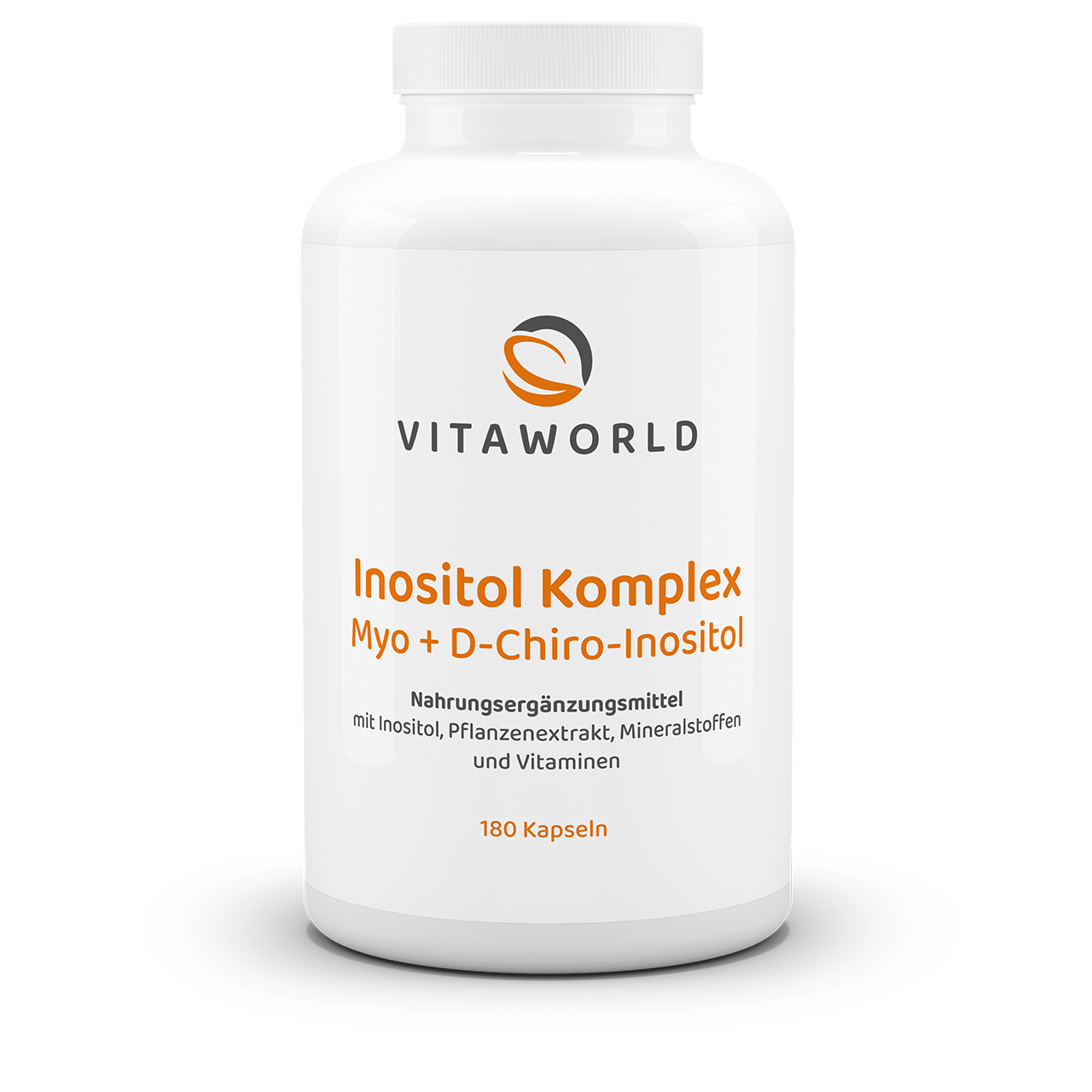
- Stay balanced through change – with selected micronutrients and plant extracts
- naturally inspired – monk's pepper, saffron and ginkgo combined in a modern formula
- for this special phase of life – a conscious supplement for women going through change
Content: 0.171 Kilogramm (€198.25 / 1 Kilogramm)

- High-dose natural L-tryptophan
- Essential component of a protein-rich diet – versatile
- Ideal for active days and relaxed evenings – natural and conscious supplementation
Content: 0.1454 Kilogramm (€171.25 / 1 Kilogramm)
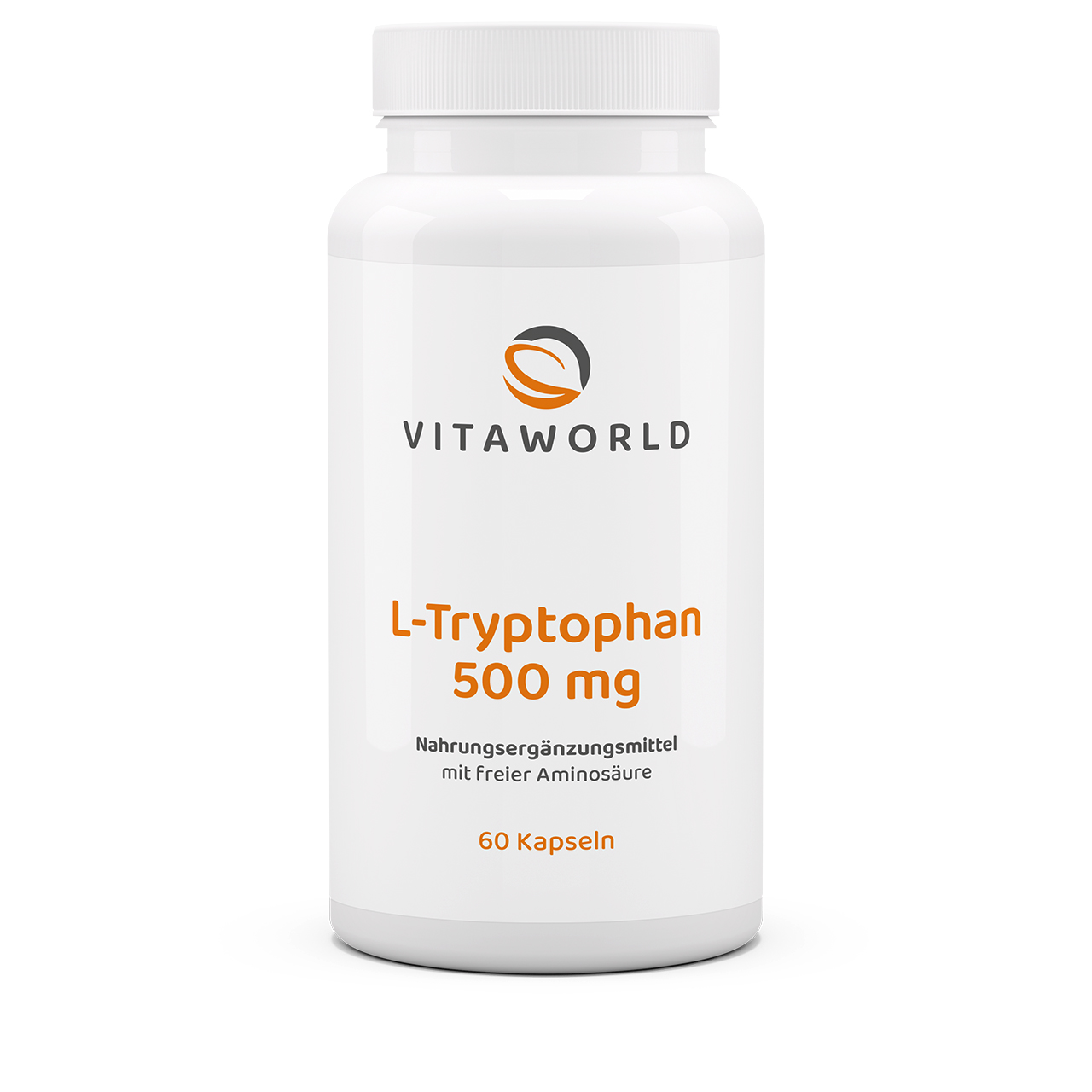
- 500 mg pure L-tryptophan per capsule – targeted supplement for everyday use
- Essential component of a protein-rich diet – versatile
- Ideal for active days and relaxed evenings – natural and conscious supplement
Content: 0.037 Kilogramm (€348.65 / 1 Kilogramm)
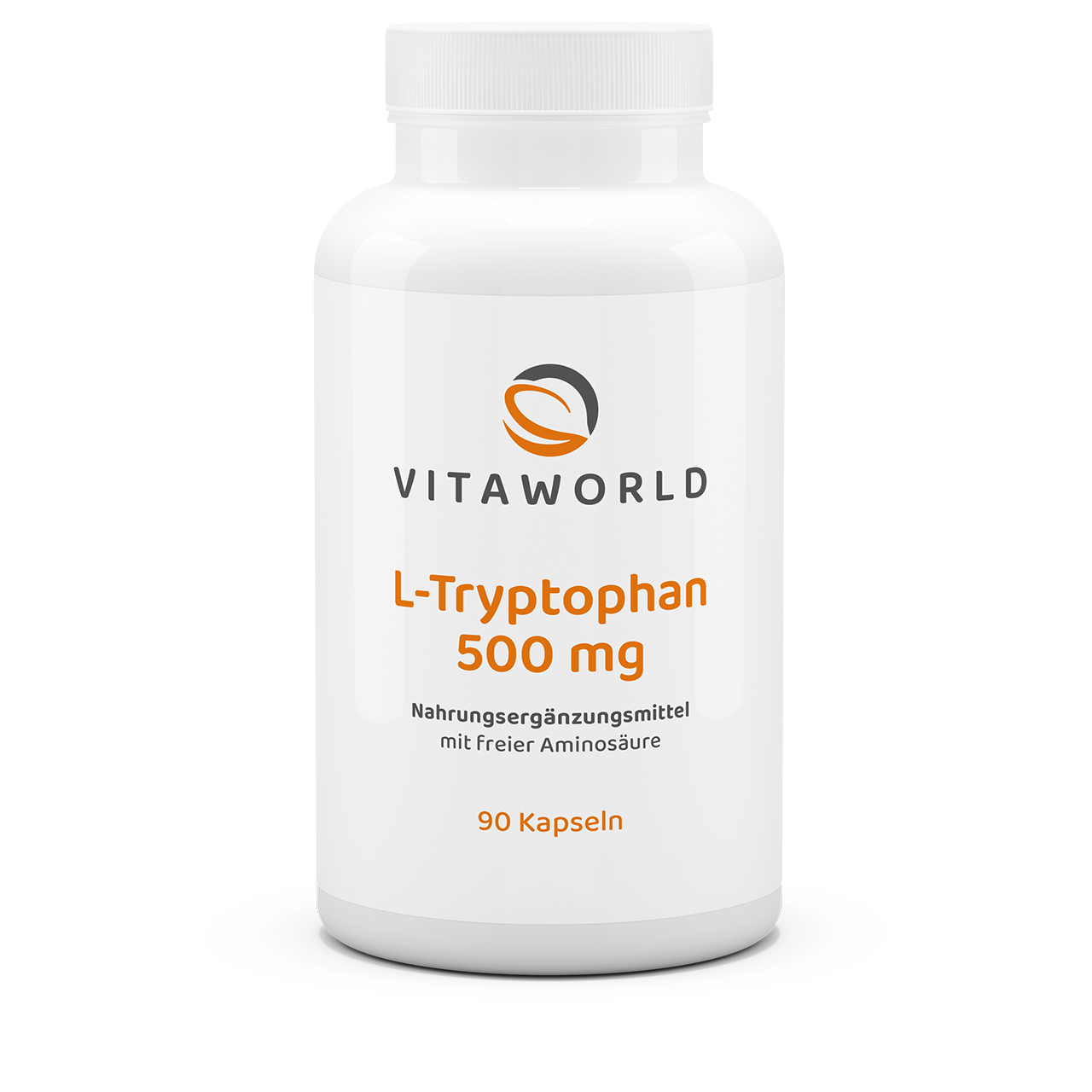
- 500 mg pure L-tryptophan per capsule – targeted supplement for everyday use
- Essential component of a protein-rich diet – versatile
- Ideal for active days and relaxed evenings – natural and conscious supplement
Content: 0.055 Kilogramm (€325.45 / 1 Kilogramm)

- 300 mg pure magnesium per tablet – high dose & effective
- Contributes to normal muscle function and healthy bones
- For active athletes & anyone with increased requirements – reliable supply
Content: 0.124 Kilogramm (€71.77 / 1 Kilogramm)

- 400 mg magnesium per capsule – extra high dose for your daily intake
- Contributes to normal muscle and nerve function
- Ideal for increased requirements – e.g. during sport, stress or an unbalanced diet
Content: 0.0941 Kilogramm (€105.21 / 1 Kilogramm)
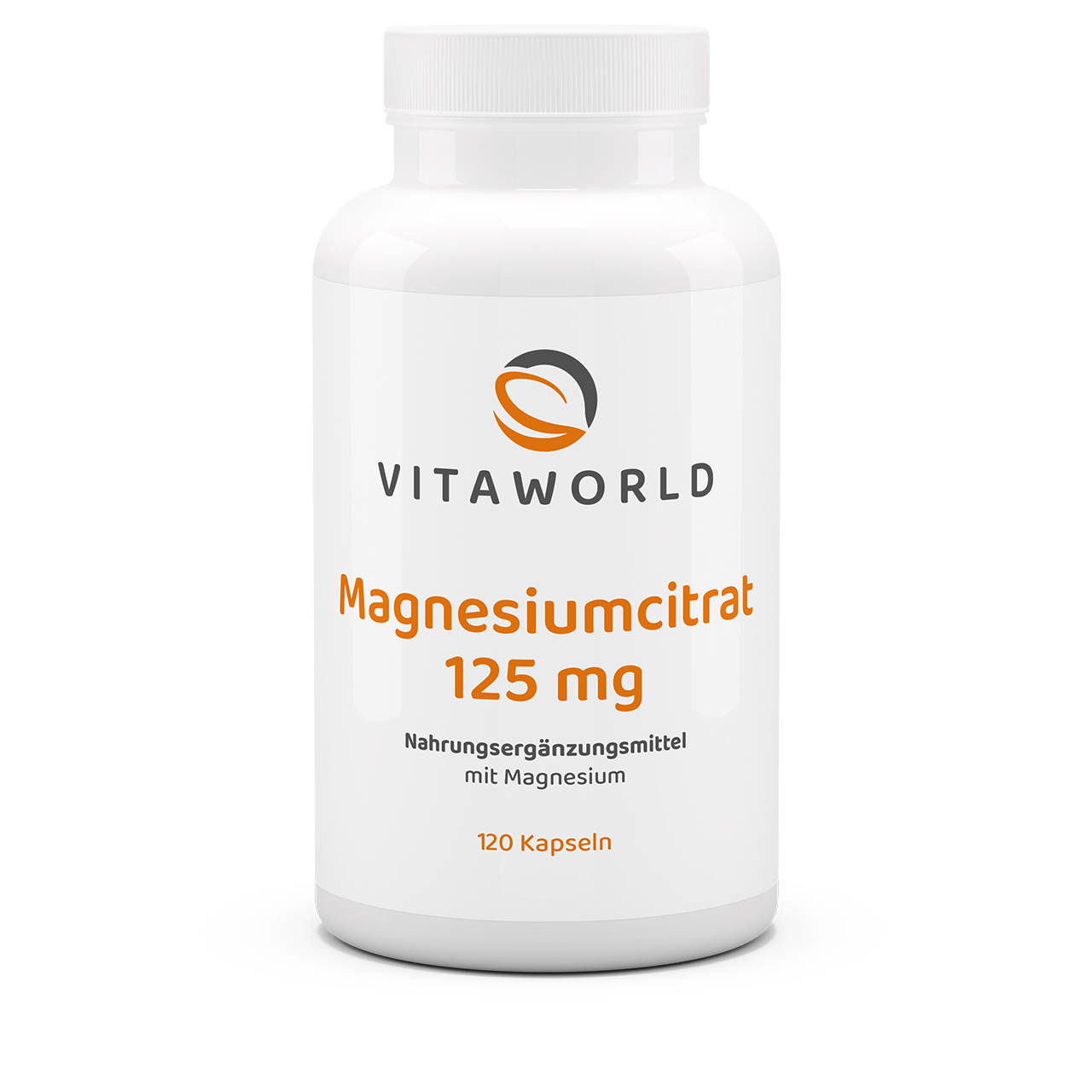
- 375 mg magnesium daily – well dosed & quickly available
- For muscles, bones & energy metabolism
- Citrate form with high bioavailability – particularly well tolerated
Content: 0.112 Kilogramm (€115.18 / 1 Kilogramm)
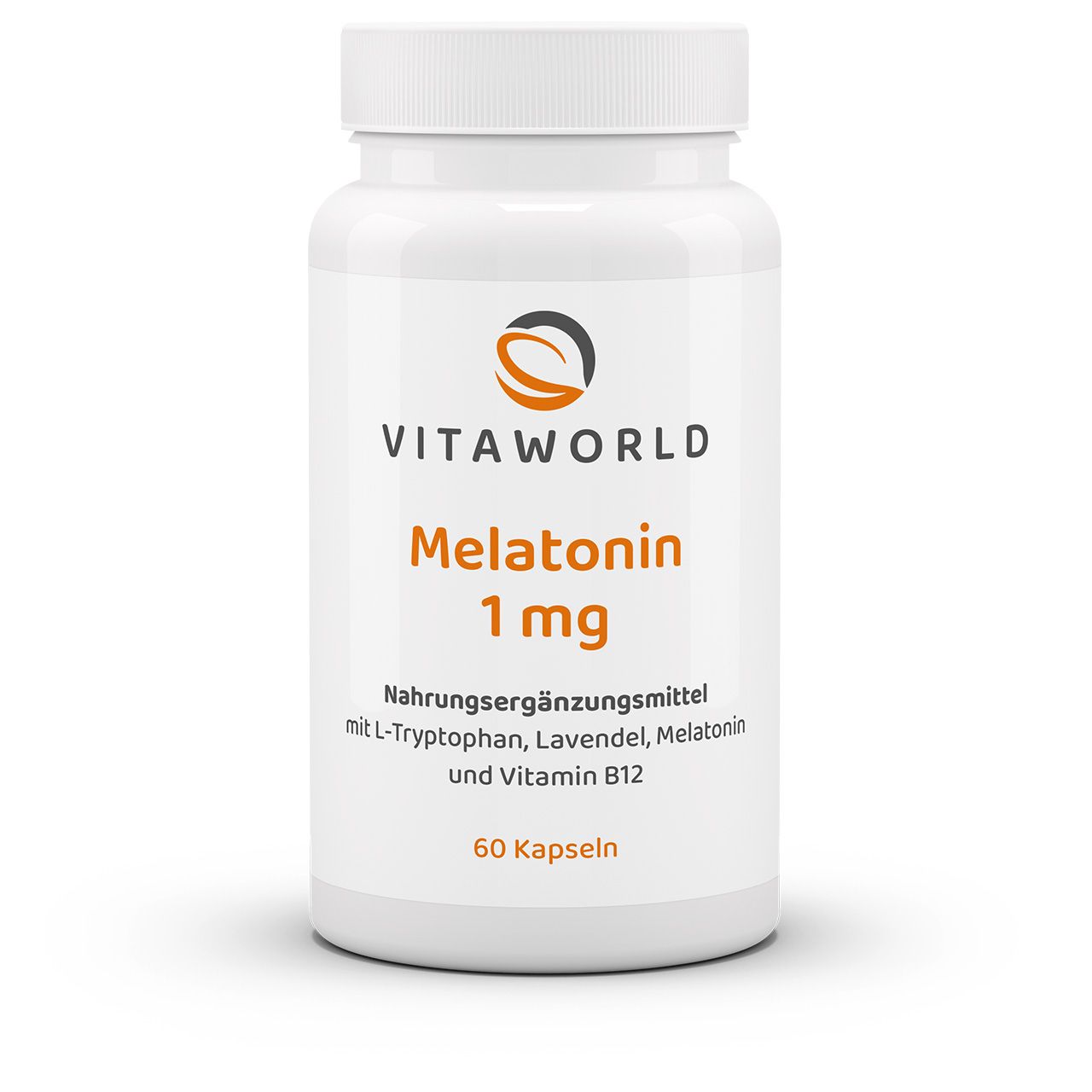
- 1 mg melatonin – helps reduce the time it takes to fall asleep
- With 200 mg L-tryptophan & 50 mg lavender extract – carefully combined
- Vitamin B12 contributes to normal psychological function
Content: 0.027 Kilogramm (€477.78 / 1 Kilogramm)
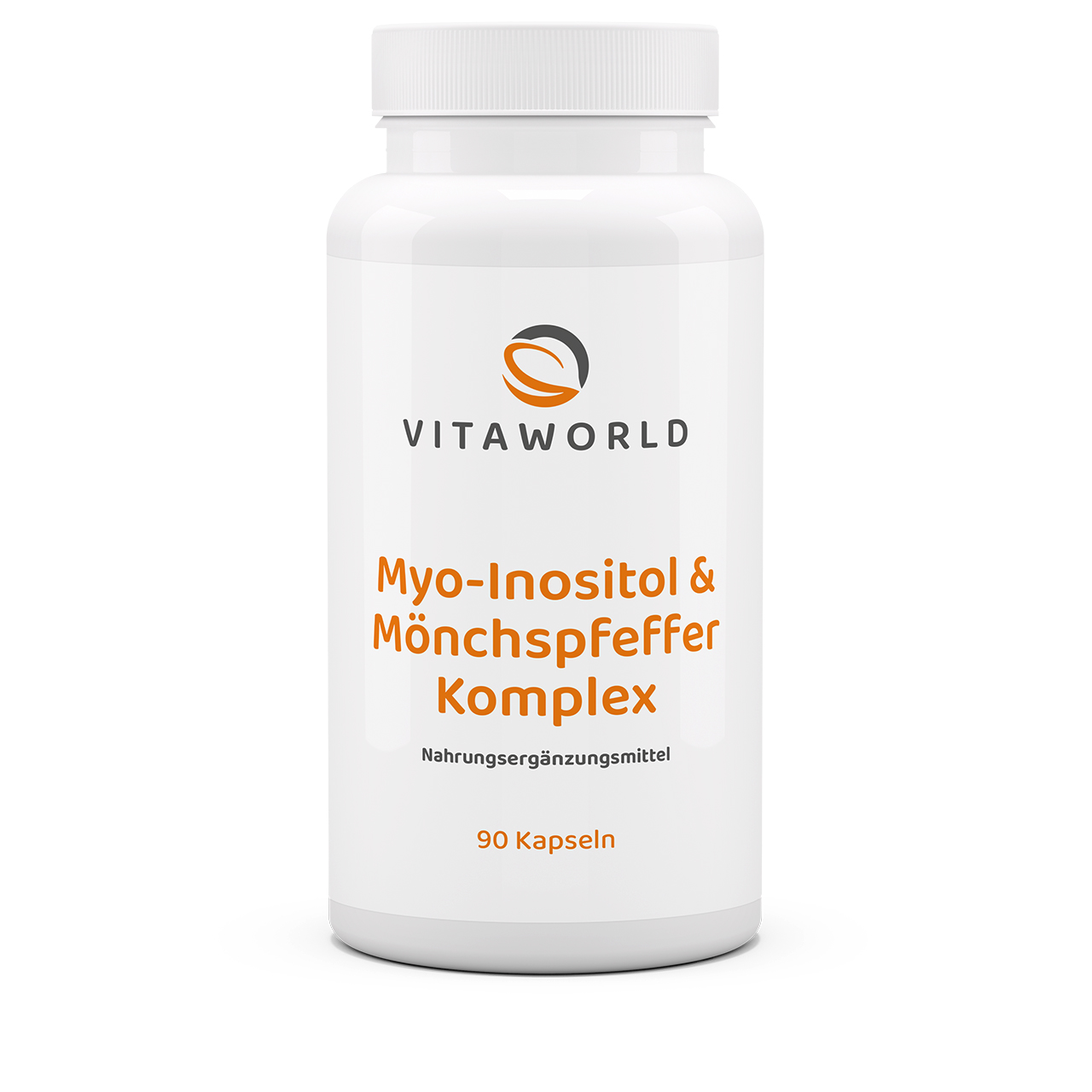
- With monk's pepper, myo-inositol & L-carnitine – carefully combined for women
- Vitamin B6 helps regulate hormone activity
- Plus iron, zinc, folic acid & B12 – targeted nutrient supply for active stages of life
Content: 0.045 Kilogramm (€442.22 / 1 Kilogramm)
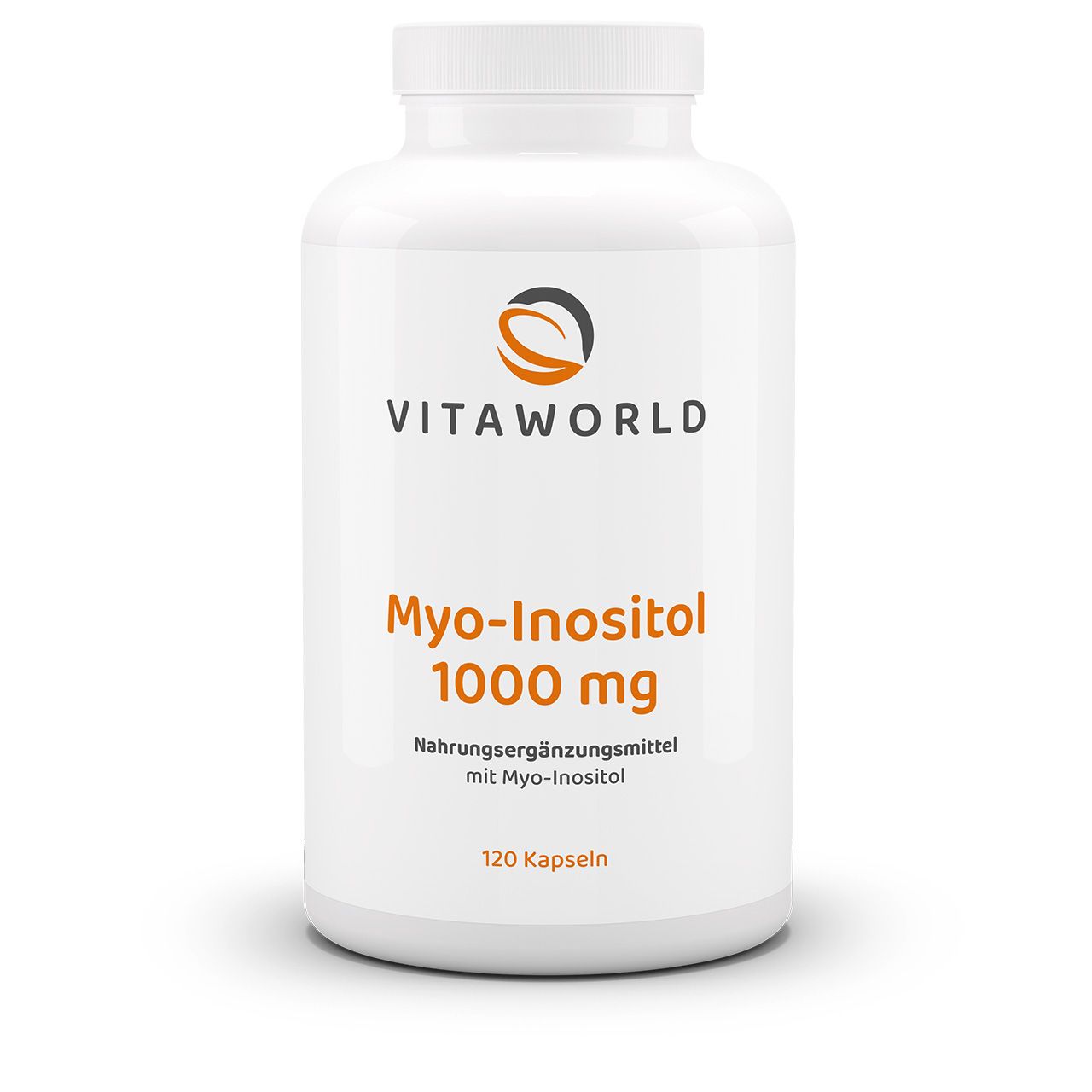
- Targeted supplement with 1000 mg myo-inositol per serving
- For a balanced everyday life at your own pace
- Gentle supplement for your daily cycle routine
Content: 0.1404 Kilogramm (€163.11 / 1 Kilogramm)

- 625 mg of high-quality algae oil per capsule – with 250 mg of DHA from Schizochytrium sp.
- Purely plant-based & iodine-free – ideal for a sustainable supply of omega-3
- Gently processed & protected from oxidation – from controlled cultivation, not sourced from the sea.
Content: 0.0102 Kilogramm (€3,911.76 / 1 Kilogramm)
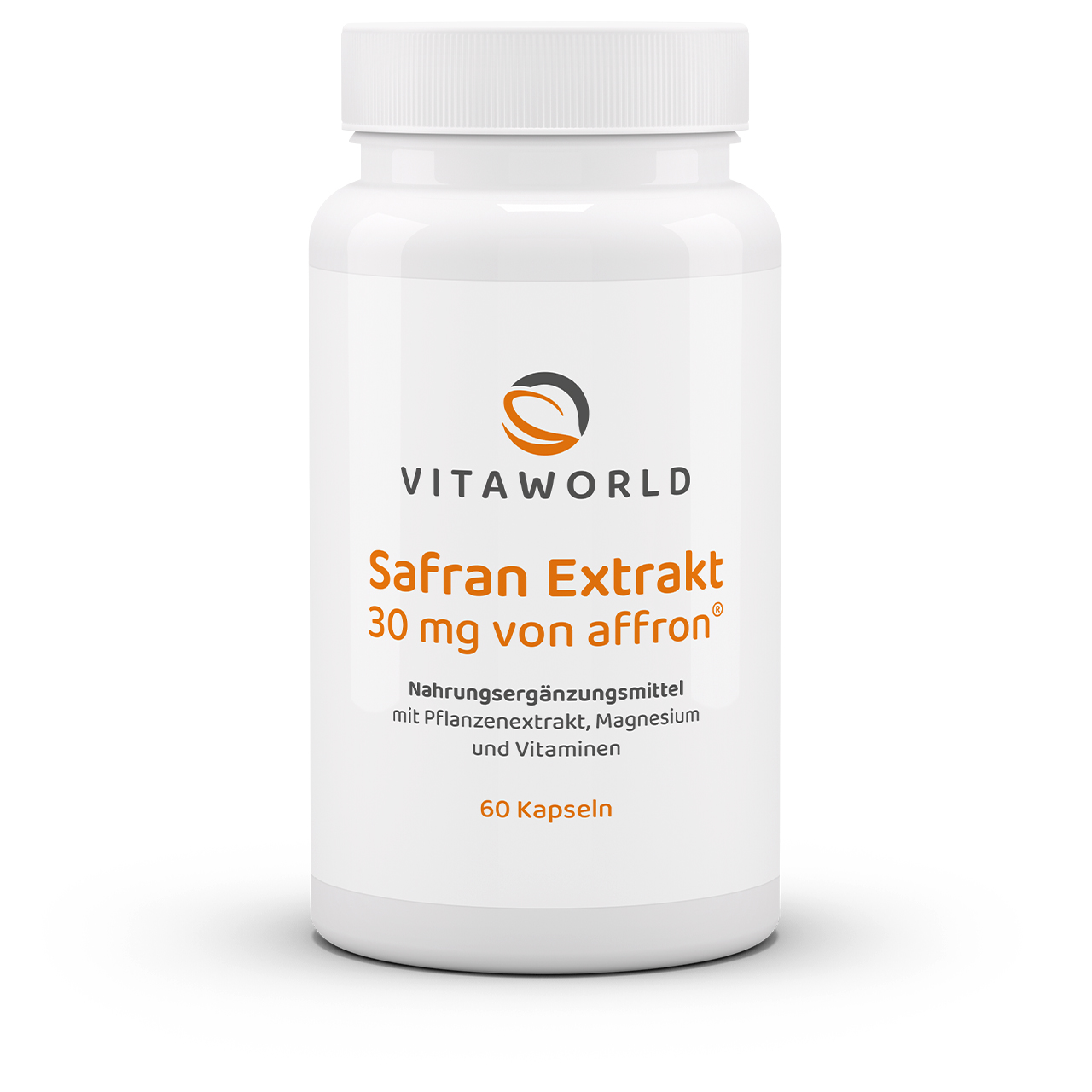
- Premium saffron extract from Castilla-La Mancha – sustainably processed & highly bioavailable
- Magnesium & B12 support nerves & mental well-being
- More than just a spice – saffron, valued for centuries
Content: 0.0324 Kilogramm (€614.20 / 1 Kilogramm)
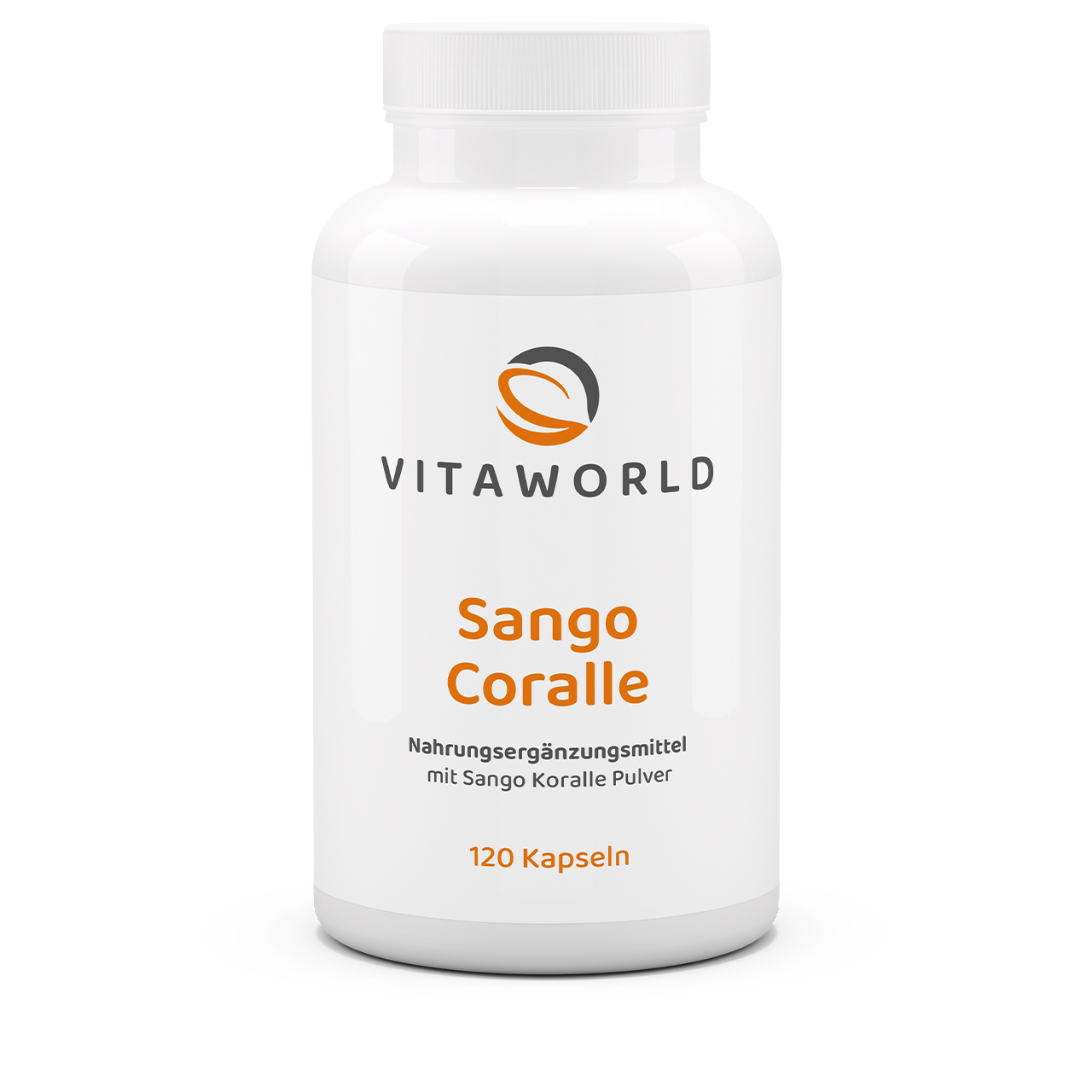
- Calcium & magnesium in a natural 2:1 ratio – naturally sourced from marine sources
- Extracted off the coast of Okinawa – from the original Sango sea coral
- Calcium contributes to the maintenance of normal bones, teeth and energy metabolism.
Content: 0.091 Kilogramm (€163.74 / 1 Kilogramm)

- Traditionally valued during periods of hormonal change
- Known as the ‘queen of herbs’ in Ayurvedic herbal medicine
- A gentle and natural companion for women in new phases of life
Content: 0.1116 Kilogramm (€169.35 / 1 Kilogramm)
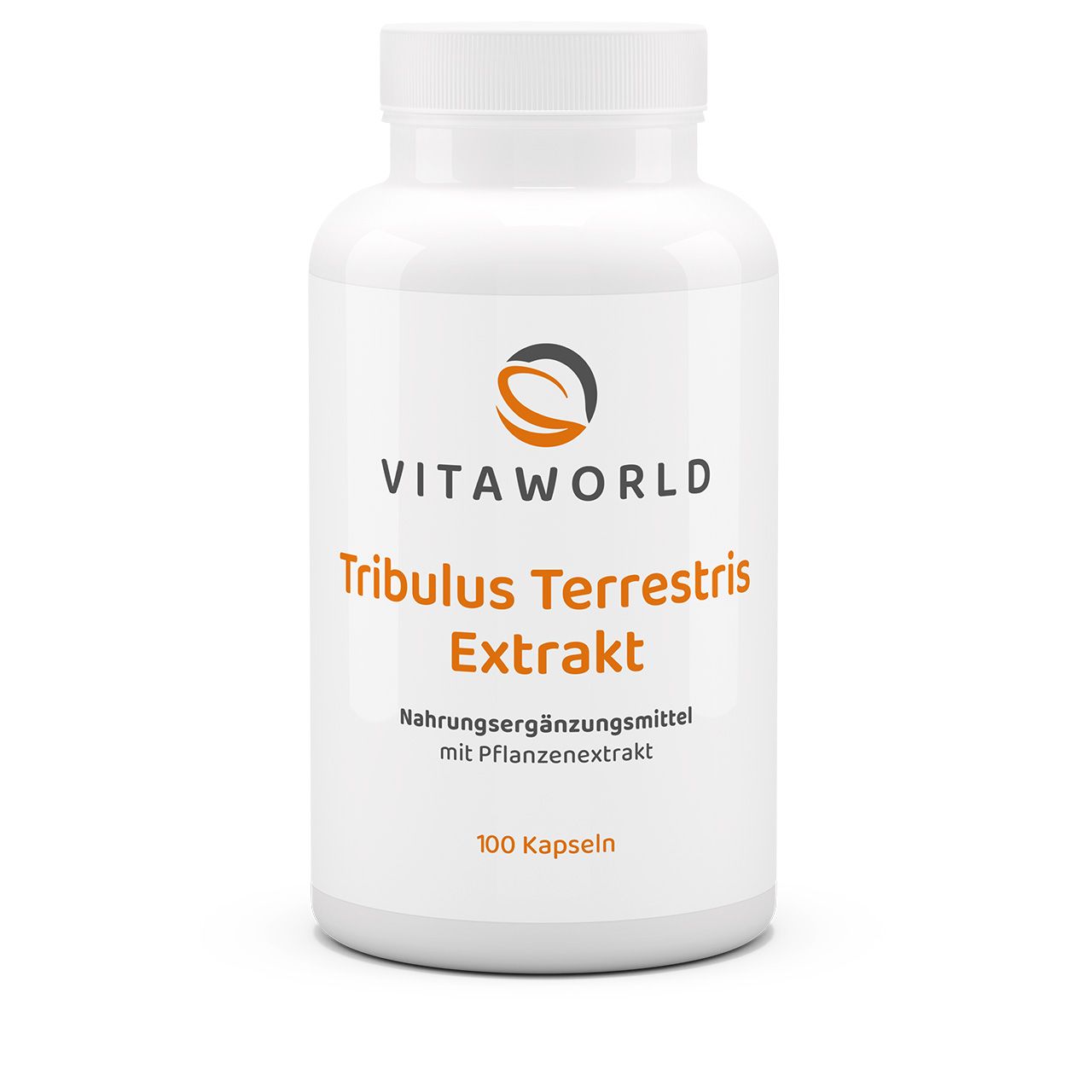
- 500 mg powerful tribulus extract with high saponin content
- For men who want to consciously support their natural strength
- Natural support during active phases of life
Content: 0.062 Kilogramm (€208.06 / 1 Kilogramm)

- All 8 B vitamins in one capsule – ideally combined & high dosage
- Supports energy production, cell metabolism & nerve function
- For times of high demands – physically and mentally
Content: 0.0413 Kilogramm (€263.92 / 1 Kilogramm)
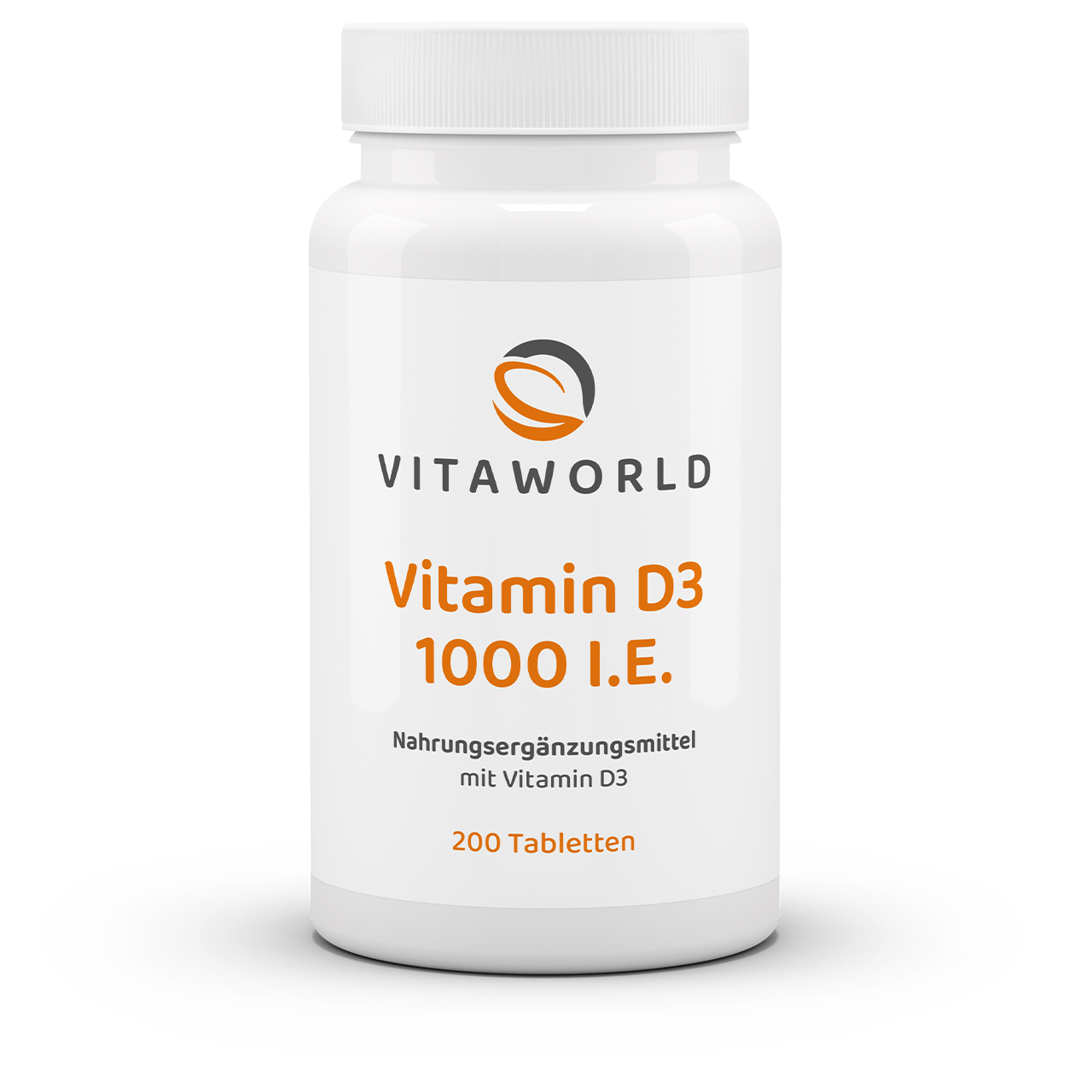
- Small, easy-to-dose tablets – ideal for daily use
- Contributes to maintaining normal bones, muscles and the immune system
- The sun vitamin – valuable during periods of low light
Content: 0.0276 Kilogramm (€322.46 / 1 Kilogramm)
